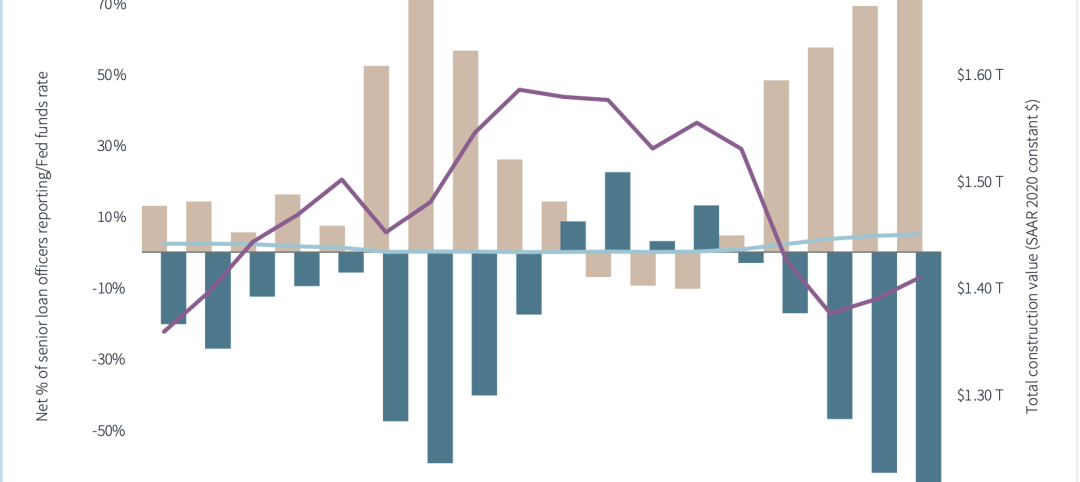This week, FEMA released its landmark study, “Building Codes Save: A National Study,” featuring an in-depth look at the quantified benefits—avoided losses to buildings and building contents—from adopting modern building codes and standards. As the frequency and severity of natural hazards continue to increase year-over-year, this study reaffirms that building codes continue to be the best first line of defense.
“With incredible analytic detail, this study reaffirms what so many studies before have concluded — adopting and implementing the I-Codes is one of the most effective ways to safeguard our communities against disasters,” said Code Council Chief Executive Officer Dominic Sims, CBO. “But further strides must be made in states and localities where the report identifies there are no codes adopted or where codes have not been updated this century. We thank FEMA for highlighting the value of and need for coordinated action at all levels of government that is critical to ensuring our homes and businesses are best positioned to weather the increasing hazard risks posed by our changing climate.”
The study affirmed the recent finding by the National Institute of Building Sciences that adopting modern codes provides $11 in mitigation savings for every $1 invested. Alarmingly, the FEMA study found that currently 65 percent of counties, cities, and towns across the U.S. have not adopted modern building codes, only 50 percent of cumulative post-2000 construction adhered to the I-Codes, and 30 percent of new construction is occurring in communities with no codes at all or codes that are more than 20 years outdated.
"This study is excellent news for consumers as it delivers powerful economic evidence that modern building codes are the essential public policy tool to help communities survive and recover from disasters," said FLASH President and CEO Leslie Chapman-Henderson. "The findings validate yet again that safer and stronger buildings preserve our quality of life today and strengthen our ability to confront an accelerating number of deadly, billion-dollar disasters tomorrow. We urge all leaders to recognize and use these profound insights to champion the cause for codes, and we thank FEMA for their leadership in bringing this critical information forward."
“We are not powerless in the face of severe weather,” explains Dr. Anne Cope, chief engineer for the Insurance Institute for Business & Home Safety (IBHS). “The latest building science, including research conducted at the IBHS Research Center, points us to actionable and affordable ways to strengthen our homes and businesses to reduce avoidable losses from natural catastrophes. A critical step toward ending the cycle of repeated losses, particularly in coastal areas, is the adoption and enforcement of modern building codes.”
Based on a database of more than 18 million actual buildings constructed since the inception of the I-Codes in 2000, the frequency of hazard events across the country, and the contents and edition of the International Residential Code (IRC) and International Building Code (IBC) in effect in each locality where post-2000 construction took place, the study found:
— The IRC and IBC provided more than $27 billion in cumulative mitigation benefits against flood, hurricane wind, and earthquake hazards from 2000 to 2016. These benefits could have been doubled if all post 2000 construction adhered to the I-Codes.
— If construction continues at the pace the study observed and if the proportion of that construction adhering to the I-Codes is consistent with the trend the study identifies, the I-Codes could help communities avoid $132 billion to $171 billion in cumulative losses through 2040.
—If all new buildings across the U.S. were built to modern editions of the I-Codes, the country would save more than $600 billion by 2060.
The cost of not adopting building codes is too high. As FEMA’s materials make clear: “Adopting building codes is the single most effective thing we can do! One change in building codes can save lives and protect property for generations to come.” Proper implementation of adopted codes is also critical, as the means through which codes’ theoretical benefits are delivered in the field.
More Resources:
- Information on how building codes help communities mitigate hazard risks
- Summary of FEMA’s report
- Full FEMA report: “Building Codes Save: A National Study”
- Appendices: “Building Codes Save: A National Study”
For more information about the building codes adopted in your community, click here.
Related Stories
Contractors | Sep 12, 2023
The average U.S. contractor has 9.2 months worth of construction work in the pipeline, as of August 2023
Associated Builders and Contractors' Construction Backlog Indicator declined to 9.2 months in August, down 0.1 month, according to an ABC member survey conducted from Aug. 21 to Sept. 6. The reading is 0.5 months above the August 2022 level.
Contractors | Sep 11, 2023
Construction industry skills shortage is contributing to project delays
Relatively few candidates looking for work in the construction industry have the necessary skills to do the job well, according to a survey of construction industry managers by the Associated General Contractors of America (AGC) and Autodesk.
Market Data | Sep 6, 2023
Far slower construction activity forecast in JLL’s Midyear update
The good news is that market data indicate total construction costs are leveling off.
Giants 400 | Sep 5, 2023
Top 80 Construction Management Firms for 2023
Alfa Tech, CBRE Group, Skyline Construction, Hill International, and JLL top the rankings of the nation's largest construction management (as agent) and program/project management firms for nonresidential buildings and multifamily housing work, as reported in Building Design+Construction's 2023 Giants 400 Report.
Giants 400 | Sep 5, 2023
Top 150 Contractors for 2023
Turner Construction, STO Building Group, DPR Construction, Whiting-Turner Contracting Co., and Clark Group head the ranking of the nation's largest general contractors, CM at risk firms, and design-builders for nonresidential buildings and multifamily buildings work, as reported in Building Design+Construction's 2023 Giants 400 Report.
Market Data | Sep 5, 2023
Nonresidential construction spending increased 0.1% in July 2023
National nonresidential construction spending grew 0.1% in July, according to an Associated Builders and Contractors analysis of data published today by the U.S. Census Bureau. On a seasonally adjusted annualized basis, nonresidential spending totaled $1.08 trillion and is up 16.5% year over year.
Giants 400 | Aug 31, 2023
Top 35 Engineering Architecture Firms for 2023
Jacobs, AECOM, Alfa Tech, Burns & McDonnell, and Ramboll top the rankings of the nation's largest engineering architecture (EA) firms for nonresidential buildings and multifamily buildings work, as reported in Building Design+Construction's 2023 Giants 400 Report.
Giants 400 | Aug 22, 2023
Top 115 Architecture Engineering Firms for 2023
Stantec, HDR, Page, HOK, and Arcadis North America top the rankings of the nation's largest architecture engineering (AE) firms for nonresidential building and multifamily housing work, as reported in Building Design+Construction's 2023 Giants 400 Report.
Giants 400 | Aug 22, 2023
2023 Giants 400 Report: Ranking the nation's largest architecture, engineering, and construction firms
A record 552 AEC firms submitted data for BD+C's 2023 Giants 400 Report. The final report includes 137 rankings across 25 building sectors and specialty categories.
Giants 400 | Aug 22, 2023
Top 175 Architecture Firms for 2023
Gensler, HKS, Perkins&Will, Corgan, and Perkins Eastman top the rankings of the nation's largest architecture firms for nonresidential building and multifamily housing work, as reported in Building Design+Construction's 2023 Giants 400 Report.

















